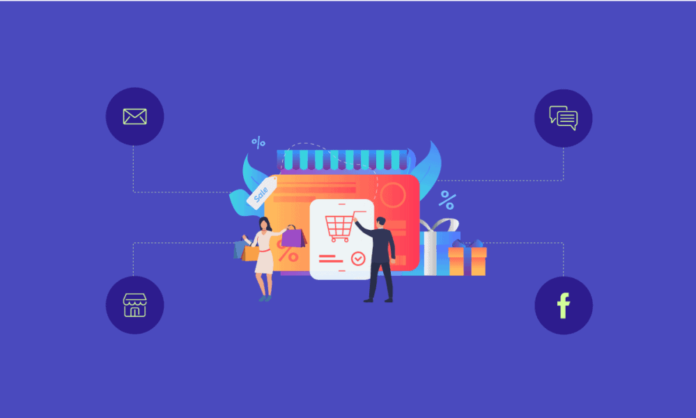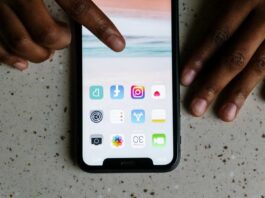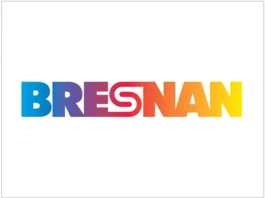Are you searching for what is omnichannel commerce or OmniChannel Retail (or OmniChannel Commerce) is a multi-channel sales approach aimed at providing a customer experience while shopping online from mobile devices, laptops, or brick stores.
According to the Harvard Business Review, 73% of all customers use multiple channels for their shopping trips.
The 2021 commerce situation shows that half of B2C buyers (44%) and 58% of B2B buyers check their products regularly or frequently before going to the physical store. They are online to continue searching, even when they are in the store.
Consumers make a purchase decision only if they collect as much information as possible from different sources in order to agree to a purchase decision from a retailer.
Omni-channel activities focus on the customer experience as a whole, rather than the customer’s personal experience through the various channels.
What is The Difference Between Omnichannel and Multichannel?
- One-channel trading means selling your product through a sales channel. It can be a physical store, a web store or an online store like eBay. That alone works very well. However, if you want customers to experience the brand better, we suggest looking at additional channels where you can sell your products.
- Multi-channel trading sells products to customers online and offline on a variety of channels. Communicate with customers on social media, phone and physical stores. Being online is easy and customers know where to find you. Multi-channel people are the best strategy for joining your brand.
- Multi-channel trading also takes place on multiple channels, such as the multi-channel trading strategy. Not all channels are included unless there is more than one channel. The biggest difference is that omnichannel trading connects all channels. This means that customers can gain experience across all platforms.
Benefits of Omnichannel Commerce
Better Customer Experience
What do your customers expect? The first on the list is Unified Experience.
According to UC Today, 9 out of 10 customers want a multi-channel experience of continuous service between connected modes.
As the number of touchpoints increases, so does the need for integration from one contact to another.
Whether you use social advertising, email, mobile messaging, chatbot conversions, or live chat with store employees.
By breaking down the barriers between business channels, customers have the opportunity to connect naturally with the company.
Increase In Sales and Traffic
Matching your sales strategy to multiple channels is not easy. But it is definitely worth your time and money.
According to a survey of 46,000 shoppers, multichannel customers spend more than single-channel consumers.
Customers who use four or more channels spend an average of 9% more on store than customers who use one channel.
Boosted Customer Loyalty
Omni-channel customers don’t spend more money and are more loyal to your brand.
According to the same survey, within six months of experimenting with omni-channel transactions, 23% of these customers repeatedly went to stores.
Introduce your brand to family and friends rather than people using the same channel.
A good brand story can stop offering discount coupons, mid-sale campaigns, and other traditional marketing strategies. Paying attention to customer loyalty, your brand will be safe.
This means that a multi-channel strategy not only increases sales, but also enhances customer loyalty. Looks good.
Better Data Collection
Merchants who can track customers through different channels can provide better service to customers with personal experience.
Omnichnell’s approach shows companies how to create content and offers, and encourages customers to shop more online and in stores.
Personalization in Omnichannel Commerce
Customers crave a personalized experience on all channels and touchpoints.
Consumers today are not only looking for high quality products, but also wanting to get information about them quickly.
They want to come to your website, easily search for products, compare prices, and see individual offers.
This verbose information and personal content is of interest to consumers. Content targeted at them speaks directly to them when other information appears on their faces and no one notices.
Personal experience is more important to shoppers, and 74% of online shoppers are dissatisfied with websites that have nothing to do with their interests and do not buy groceries.
Therefore, personalization is not good for today’s business, but it should be.
Artificial intelligence (AI) plays an active role here. AI-developed e-commerce personalization software allows customers to “know” what they want and personalize on a large scale, allowing them to find what they need faster, be content with their experience, and convert their business. You can check the speed.
With the help of artificial intelligence, you can show your customers a product with a specific function (the product you want to buy). At the same time, it hides products you don’t care about.




